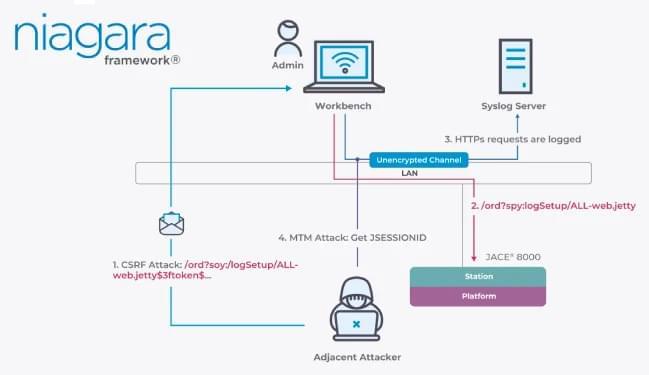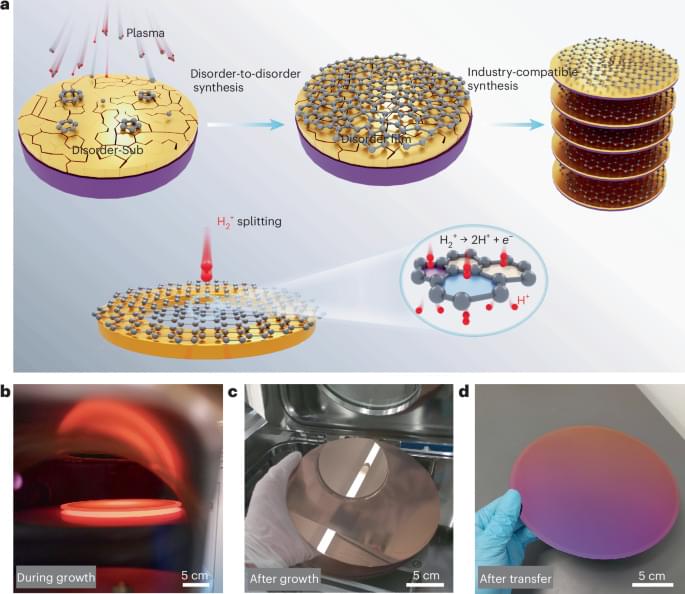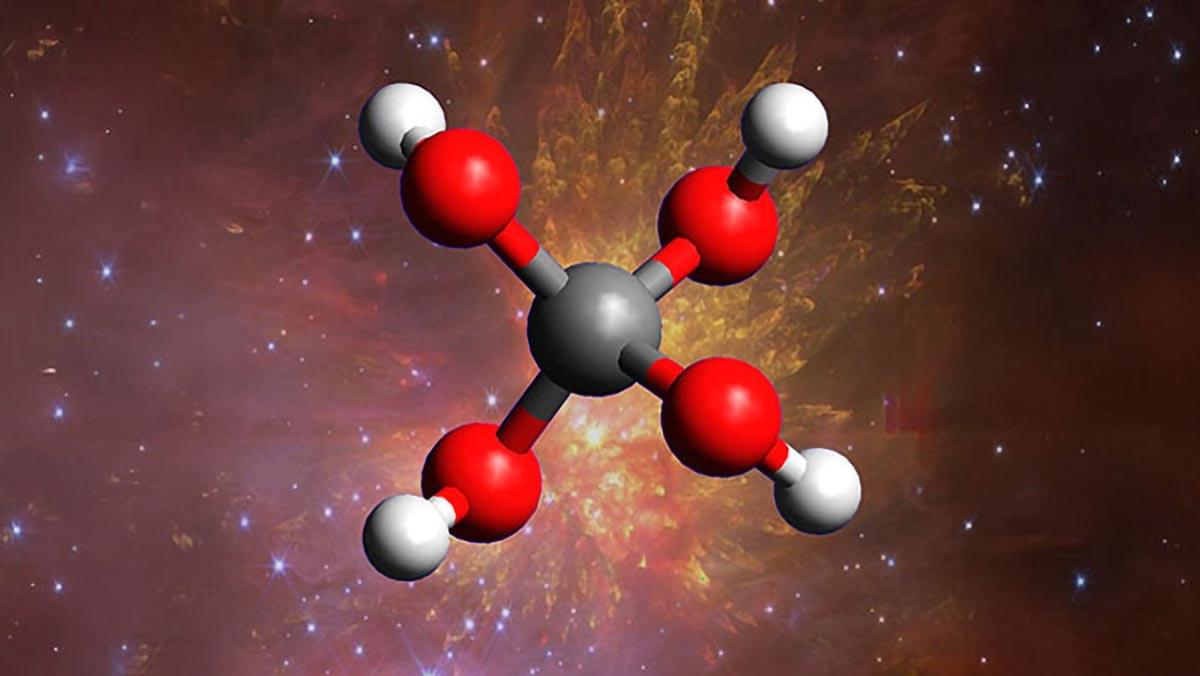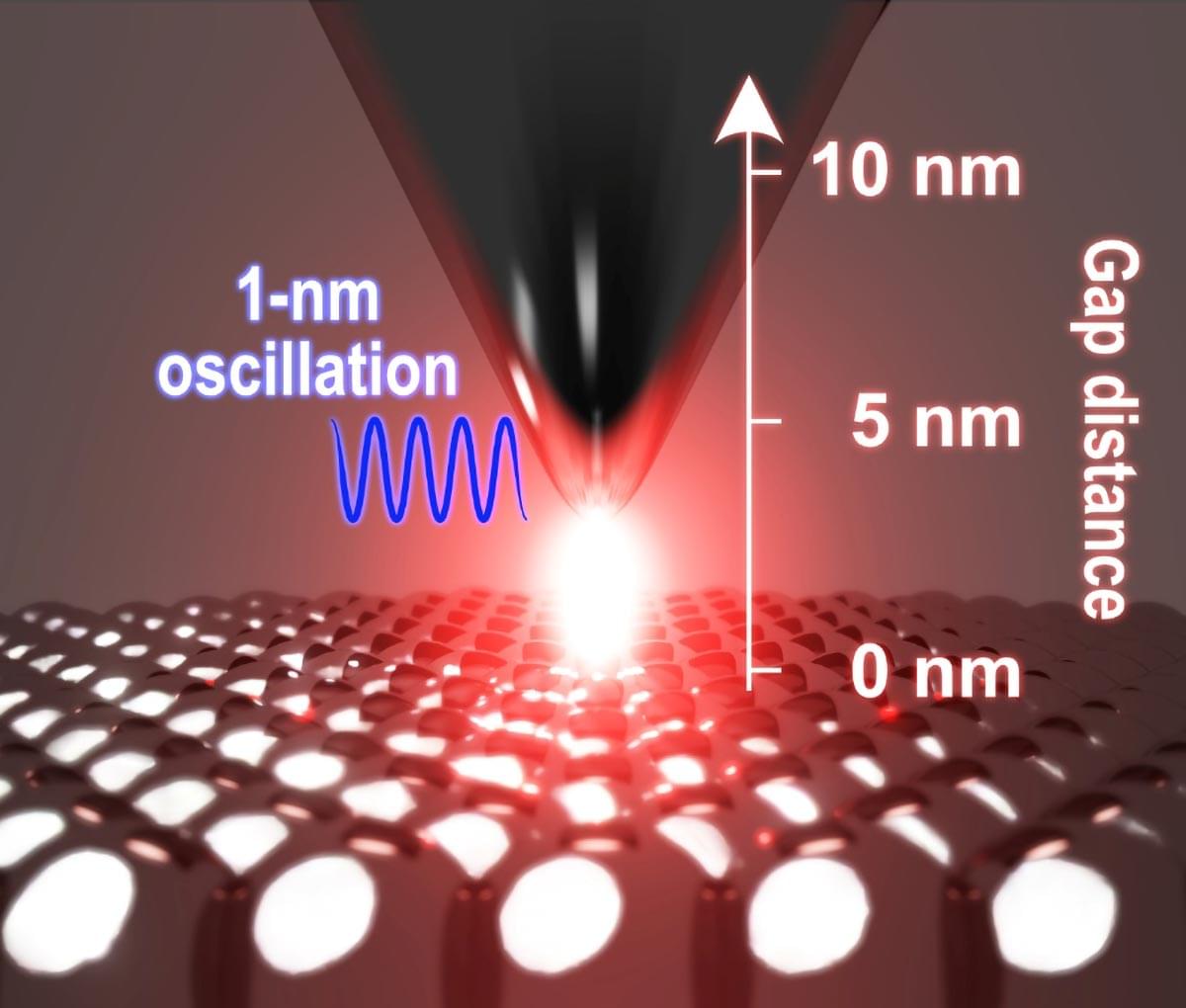Tridium Niagara flaws expose critical infrastructure to takeover if misconfigured, affecting security and system uptime.



Law enforcement has seized the dark web extortion sites of the BlackSuit ransomware operation, which has targeted and breached the networks of hundreds of organizations worldwide over the past several years.
The U.S. Department of Justice confirmed the takedown in an email earlier today, saying the authorities involved in the action executed a court-authorized seizure of the BlackSuit domains.
Earlier today, the websites on the BlackSuit.onion domains were replaced with seizure banners announcing that the ransomware gang’s sites were taken down by the U.S. Homeland Security Investigations federal law enforcement agency as part of a joint international action codenamed Operation Checkmate.

A vulnerability in Google’s Gemini CLI allowed attackers to silently execute malicious commands and exfiltrate data from developers’ computers using allowlisted programs.
The flaw was discovered and reported to Google by the security firm Tracebit on June 27, with the tech giant releasing a fix in version 0.1.14, which became available on July 25.
Gemini CLI, first released on June 25, 2025, is a command-line interface tool developed by Google that enables developers to interact directly with Google’s Gemini AI from the terminal.

Attackers could use a recently patched macOS vulnerability to bypass Transparency, Consent, and Control (TCC) security checks and steal sensitive user information, including Apple Intelligence cached data.
TCC is a security technology and a privacy framework that blocks apps from accessing private user data by providing macOS control over how their data is accessed and used by applications across Apple devices.
Apple has fixed the security flaw tracked as CVE-2025–31199 (reported by Microsoft’s Jonathan Bar Or, Alexia Wilson, and Christine Fossaceca) in patches released in March for macOS Sequoia 15.4 with “improved data redaction.”


Using 3D holograms polished by artificial intelligence, researchers introduce a lean, eyeglass-like 3D headset that they say is a significant step toward passing the “Visual Turing Test.”
“In the future, most virtual reality displays will be holographic,” said Gordon Wetzstein, a professor of electrical engineering at Stanford University, holding his lab’s latest project: a virtual reality display that is not much larger than a pair of regular eyeglasses. “Holography offers capabilities that we can’t get with any other type of display in a package that is much smaller than anything on the market today.”
Holography is a Nobel Prize-winning 3D display technique that uses both the intensity of light reflecting from an object, as with a traditional photograph, and the phase of the light (the way the waves synchronize), to produce a hologram, a highly realistic three-dimensional image of the original object.




In the push to shrink and enhance technologies that control light, MIT researchers have unveiled a new platform that pushes the limits of modern optics through nanophotonics, the manipulation of light on the nanoscale, or billionths of a meter.
The result is a class of ultra-compact optical devices that are not only smaller and more efficient than existing technologies, but also dynamically tunable, or switchable, from one optical mode to another. Until now, this has been an elusive combination in nanophotonics.
The work is reported in the July 8 issue of Nature Photonics.